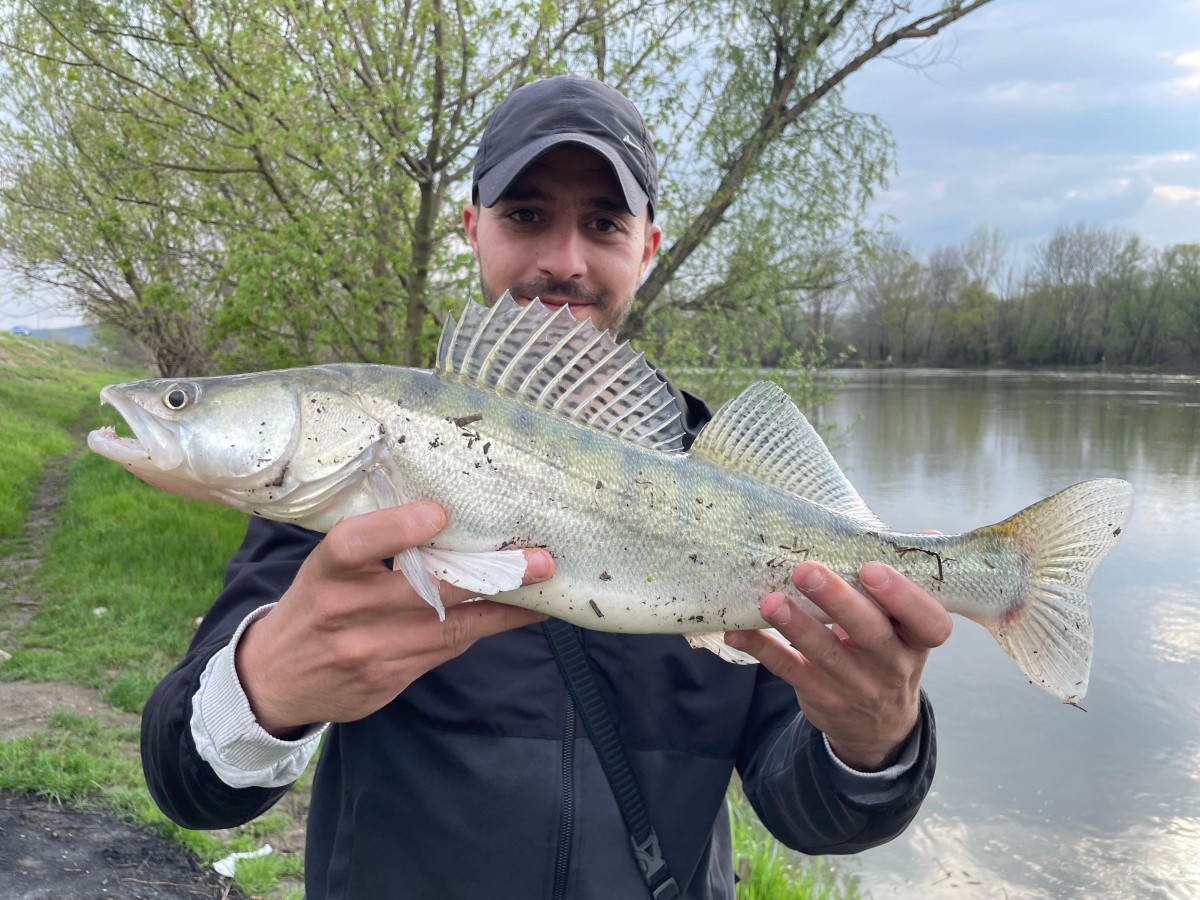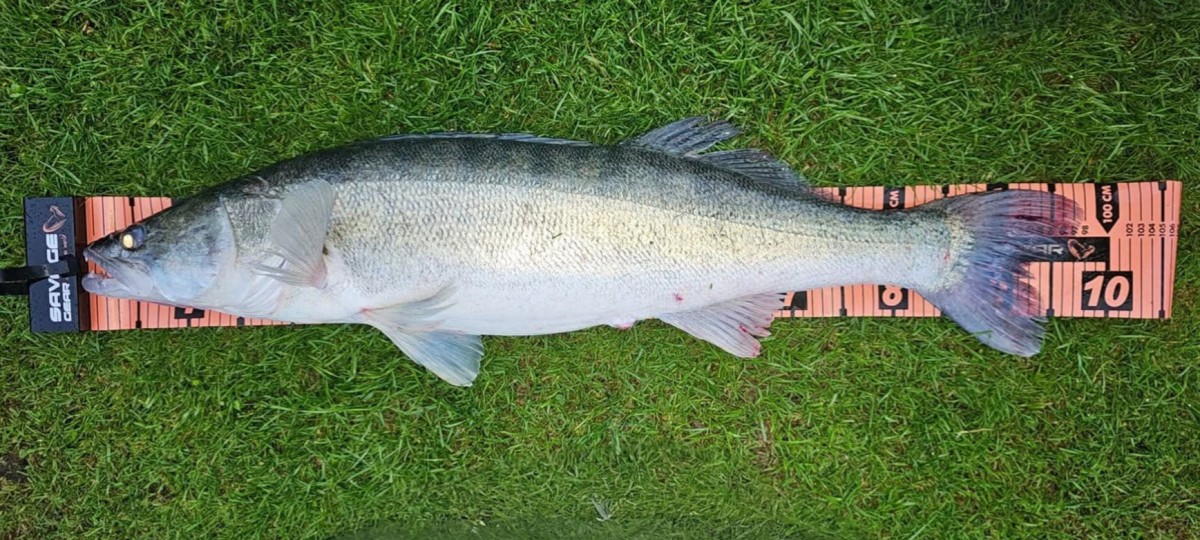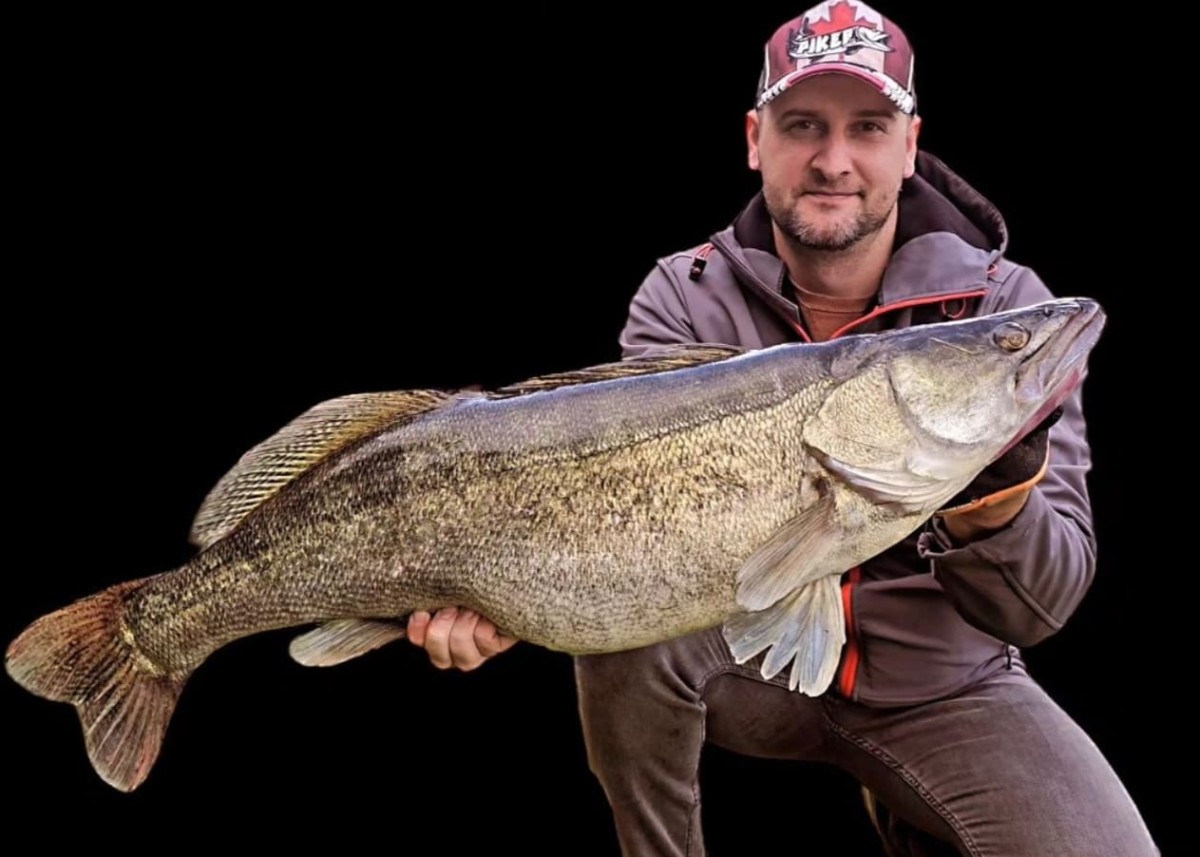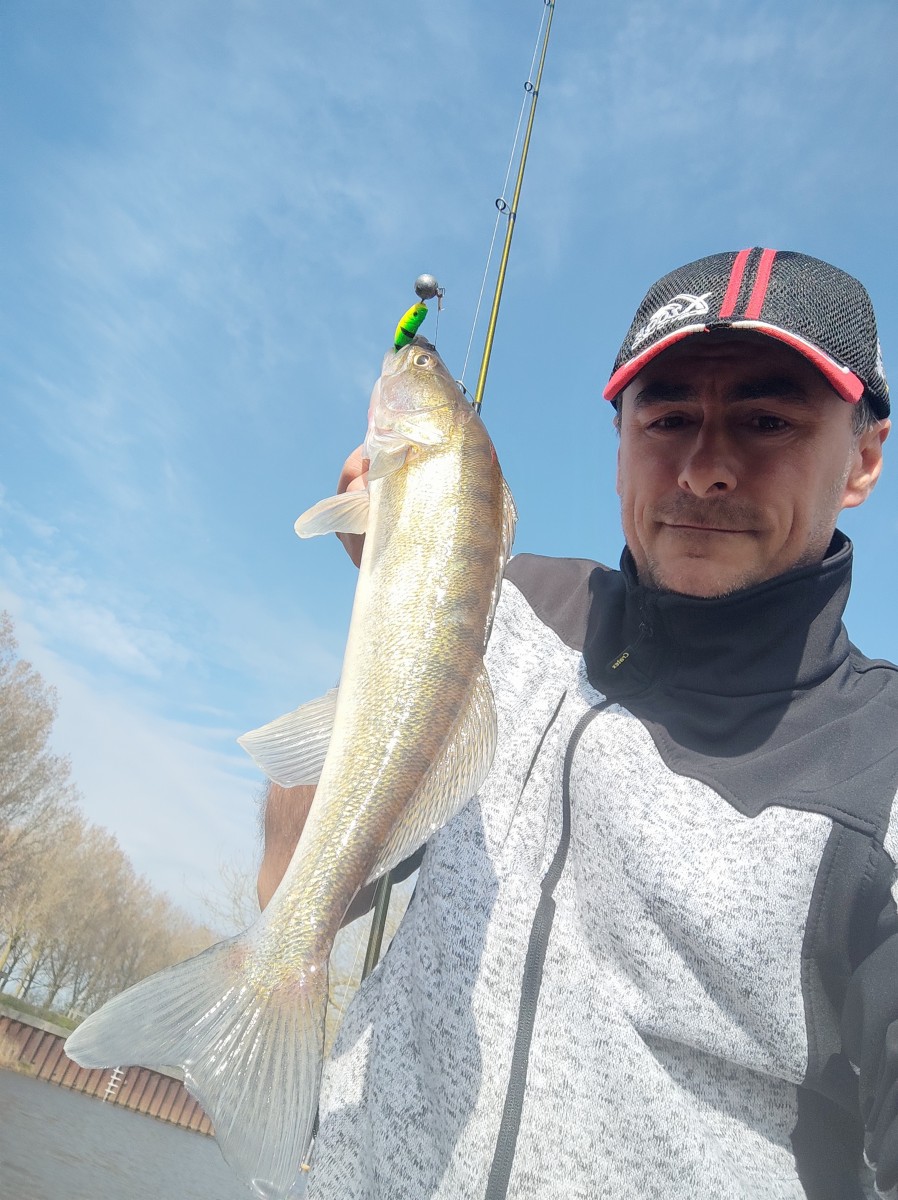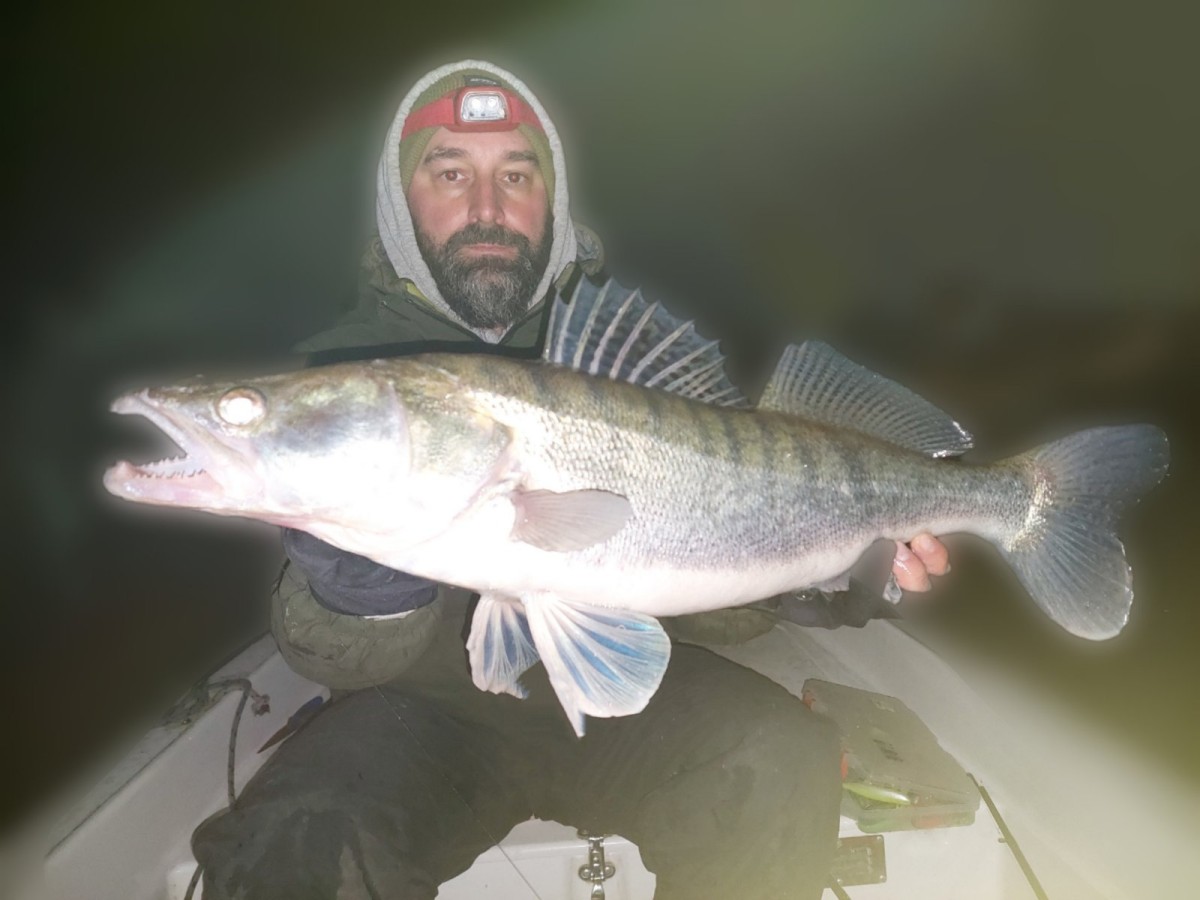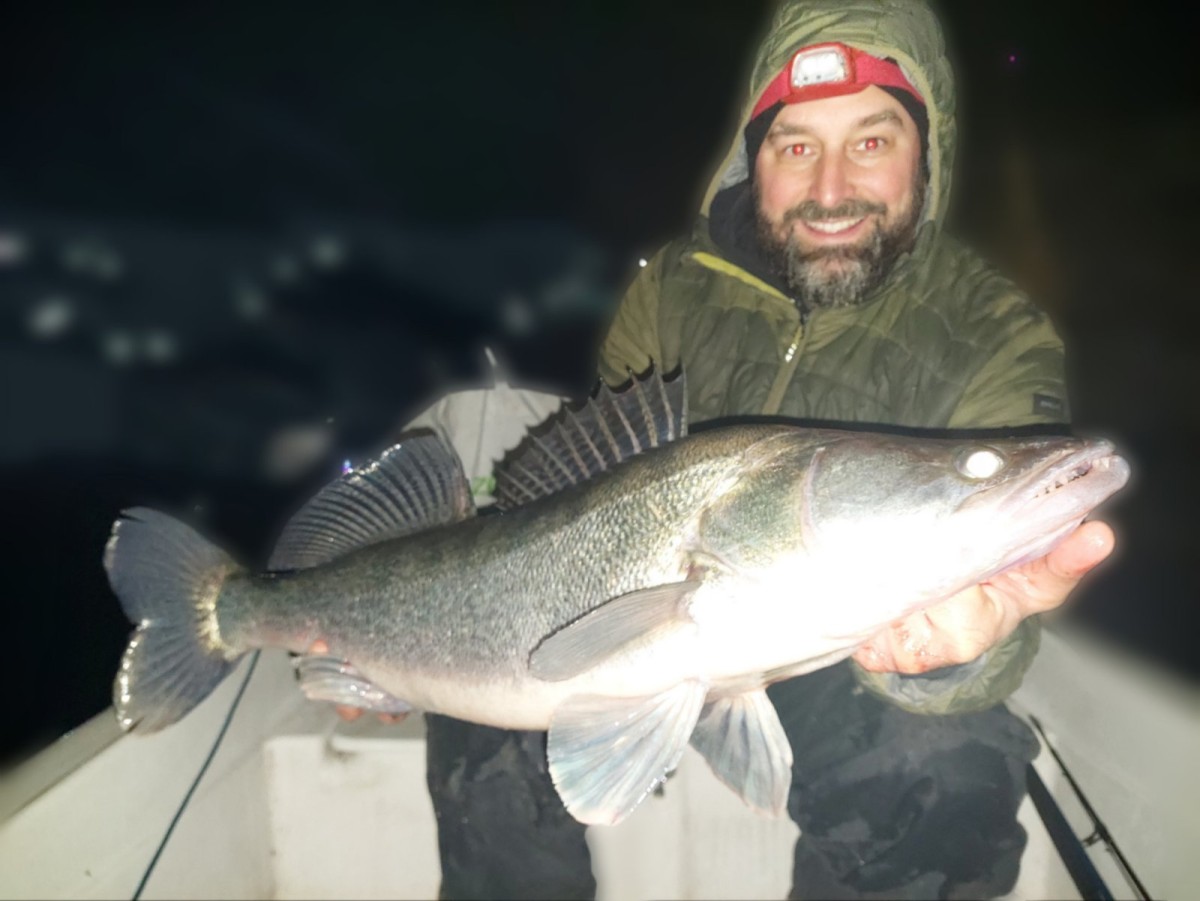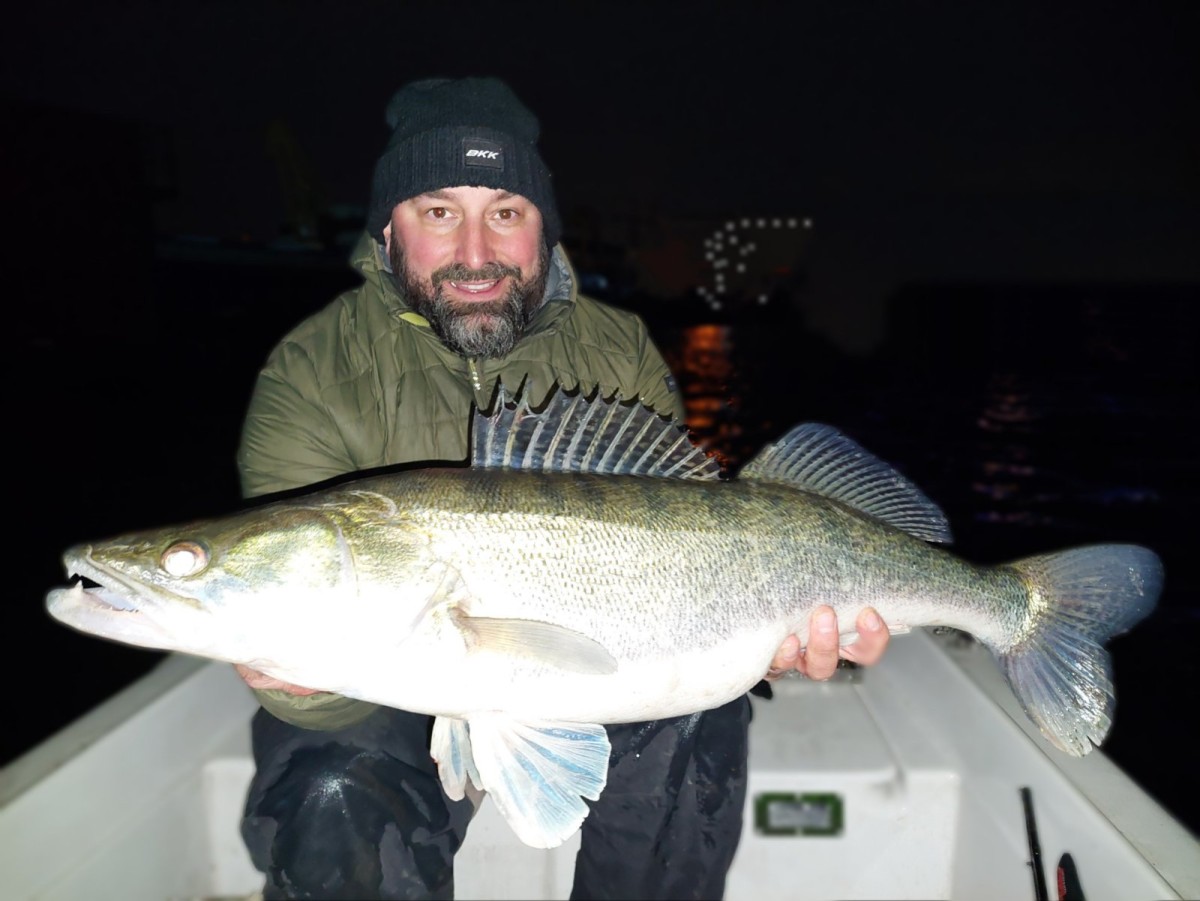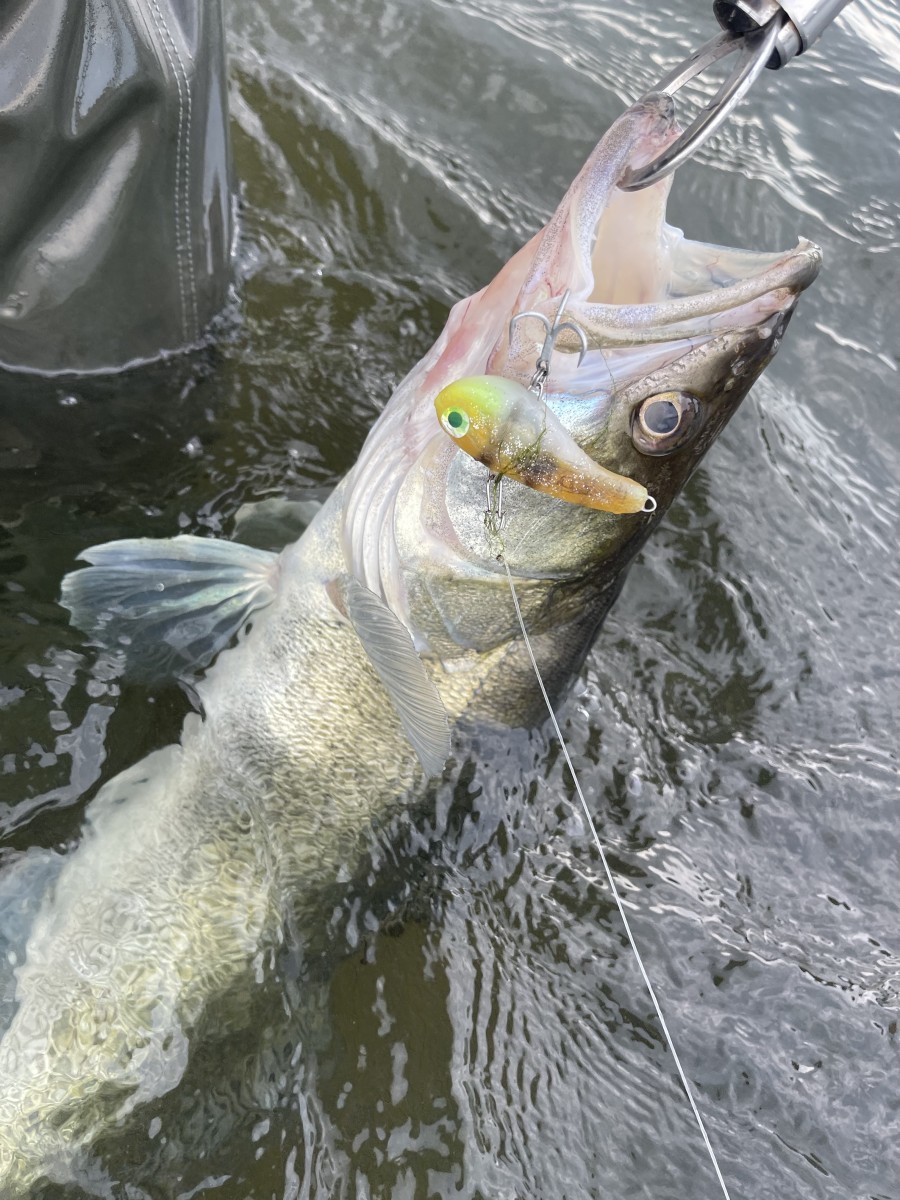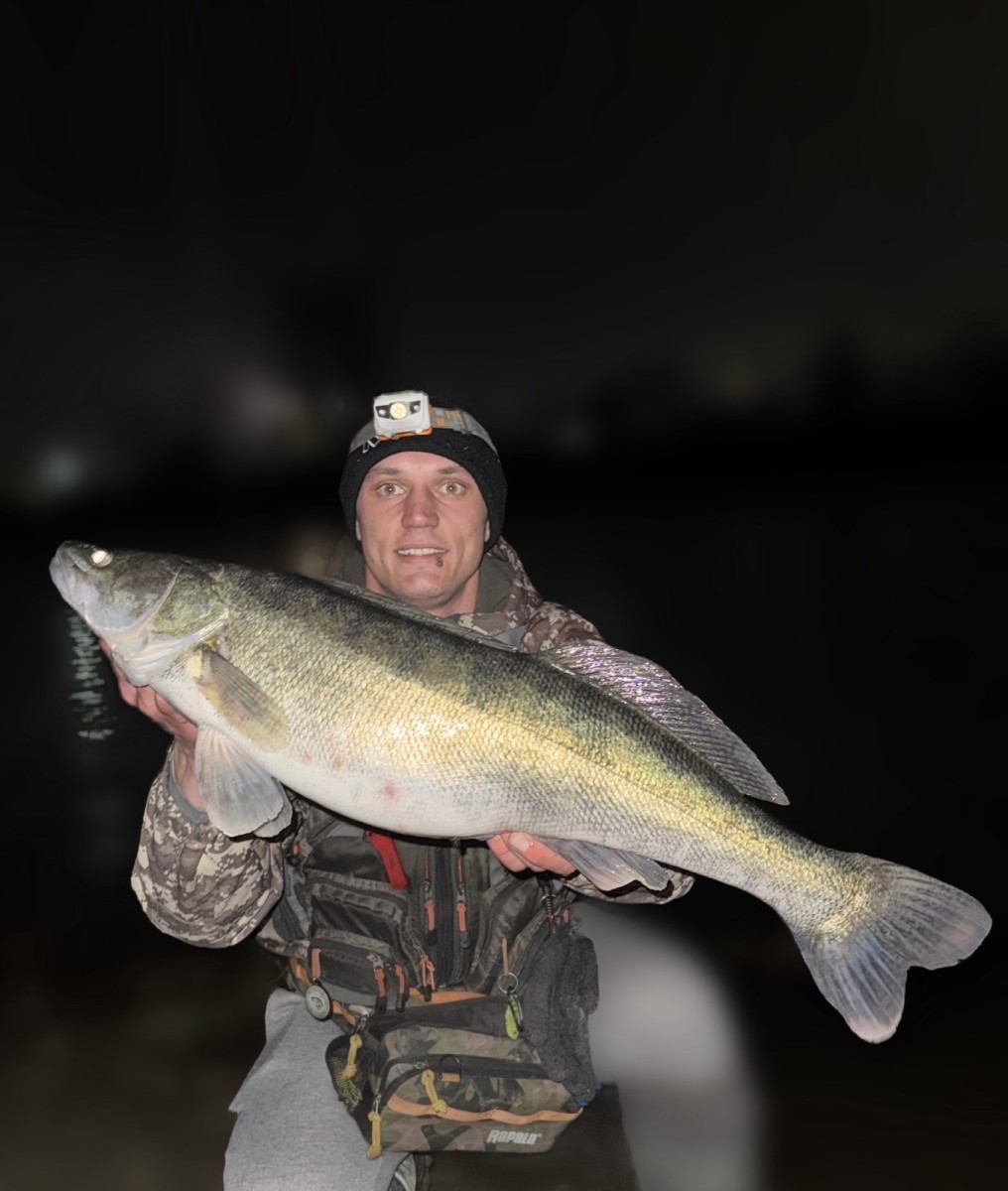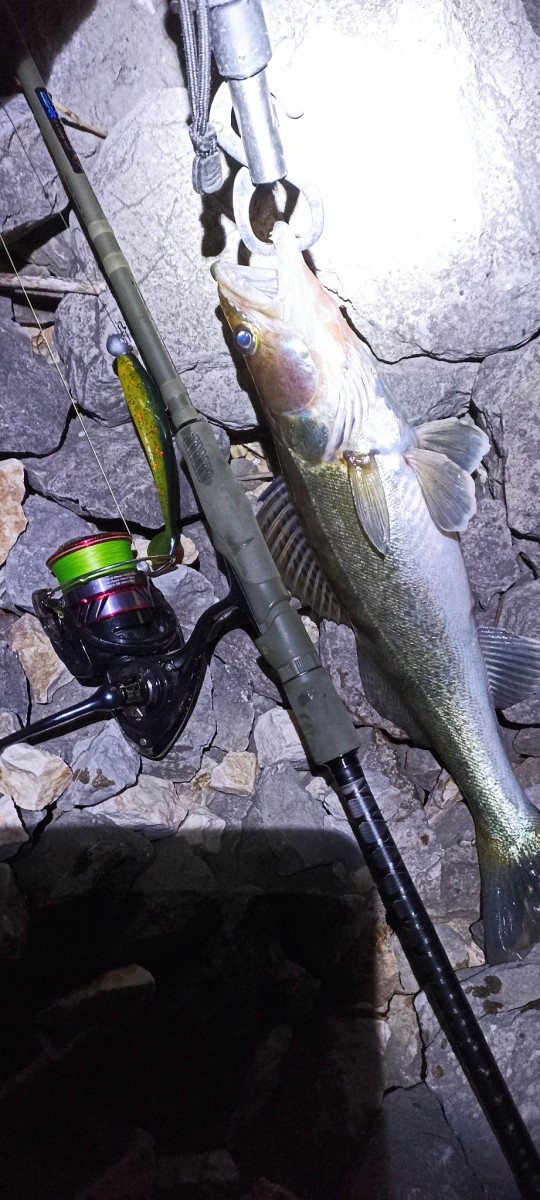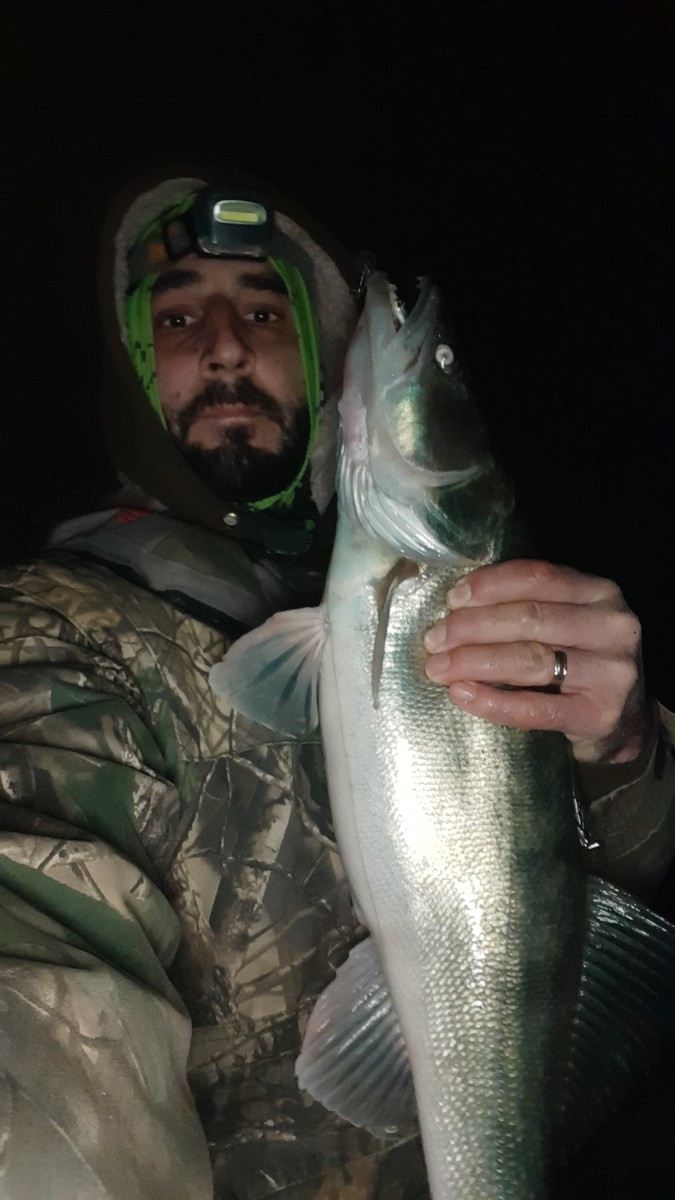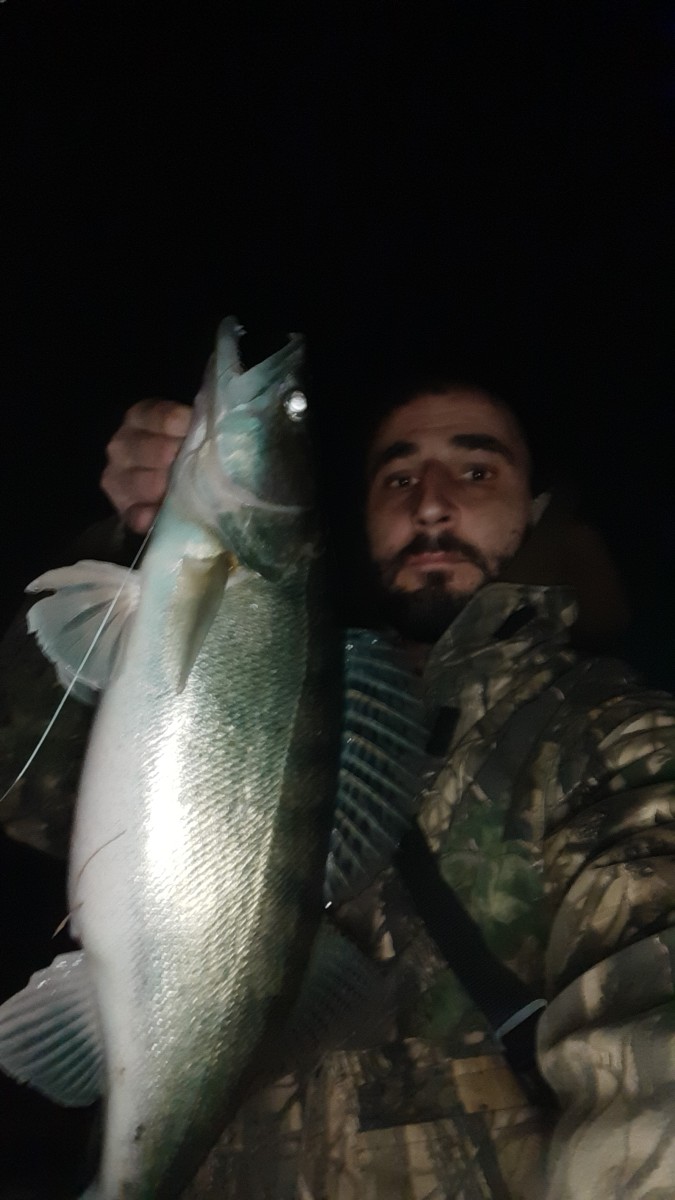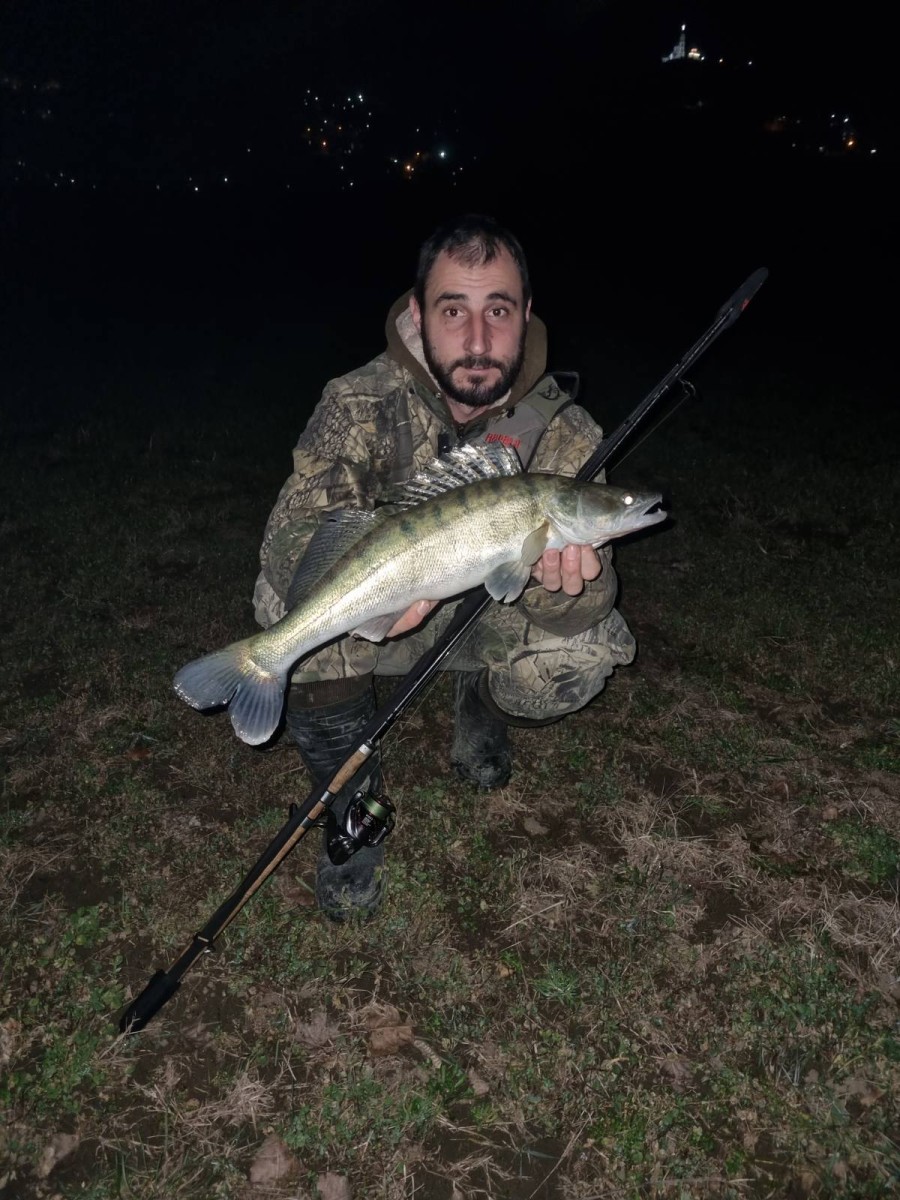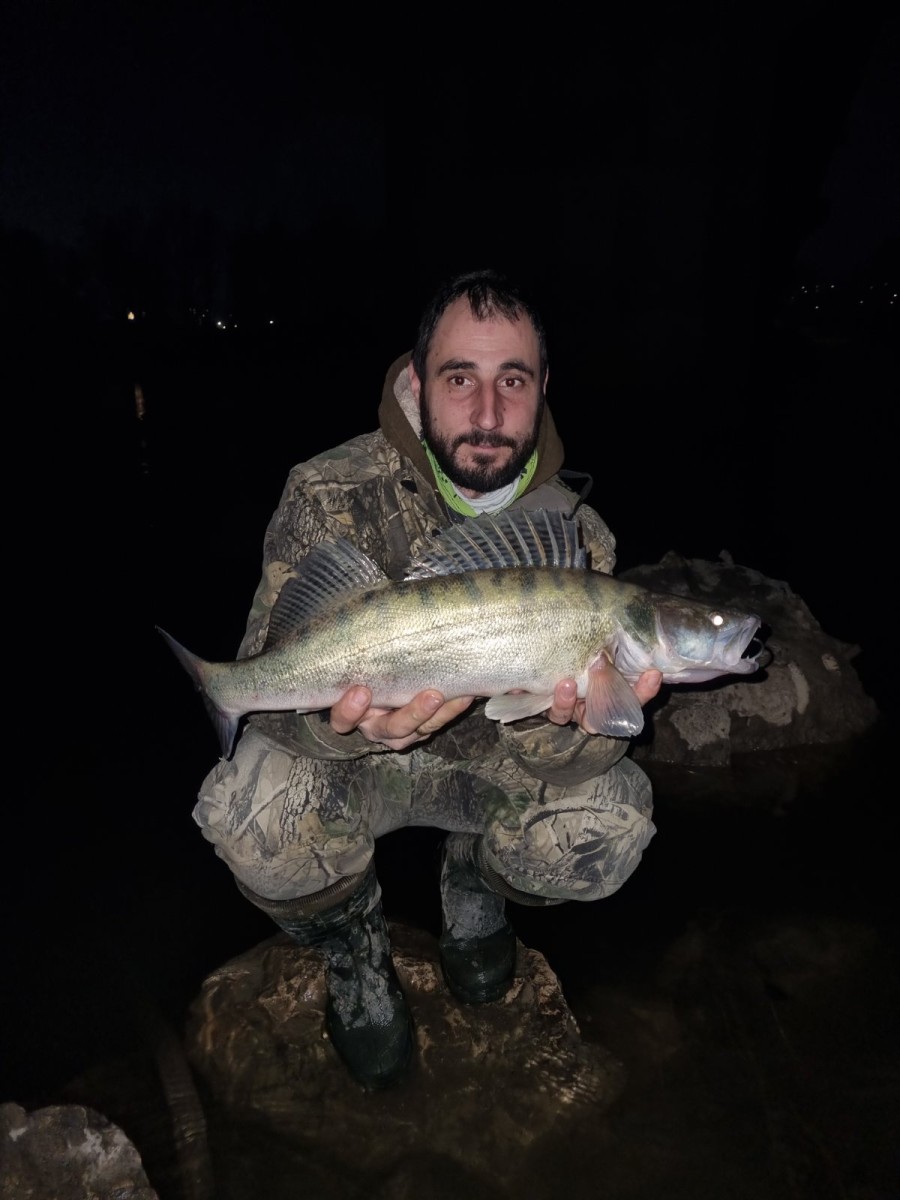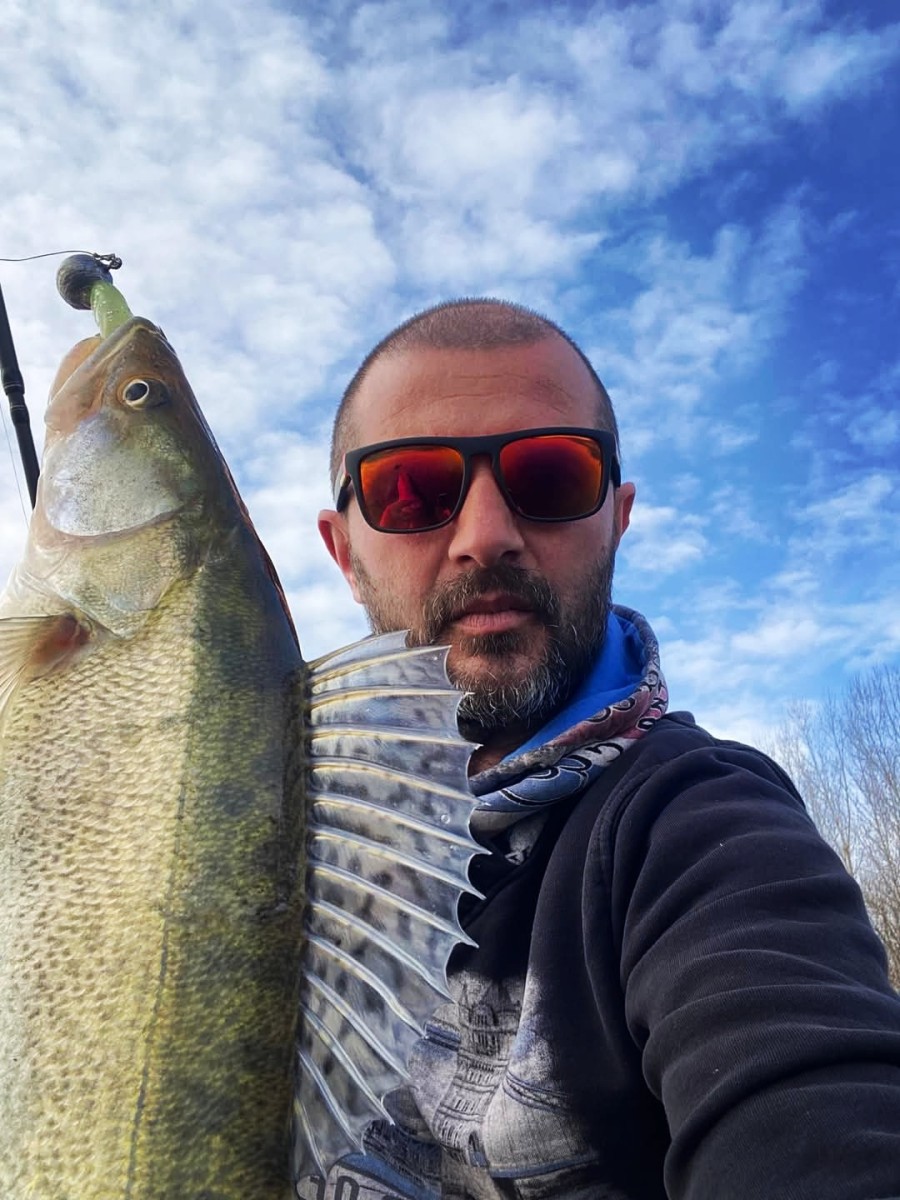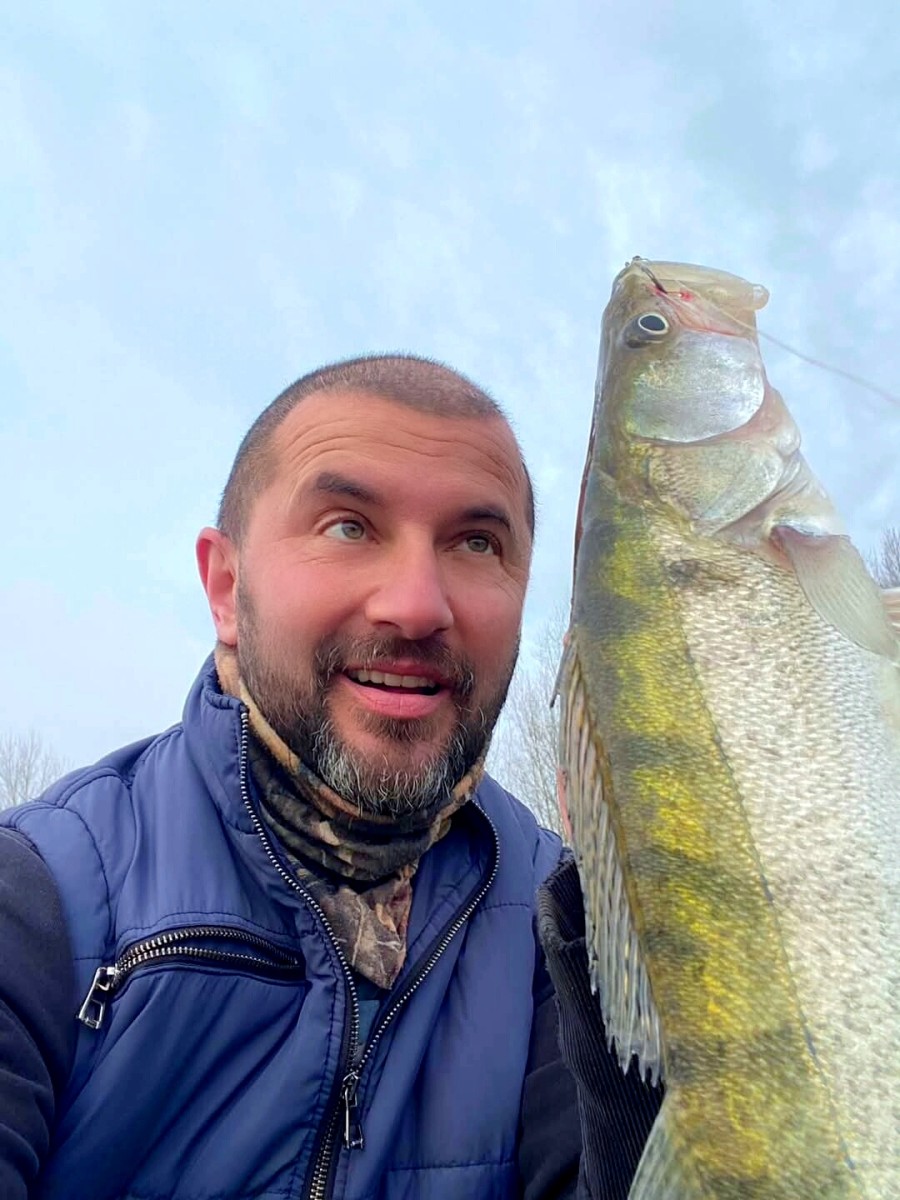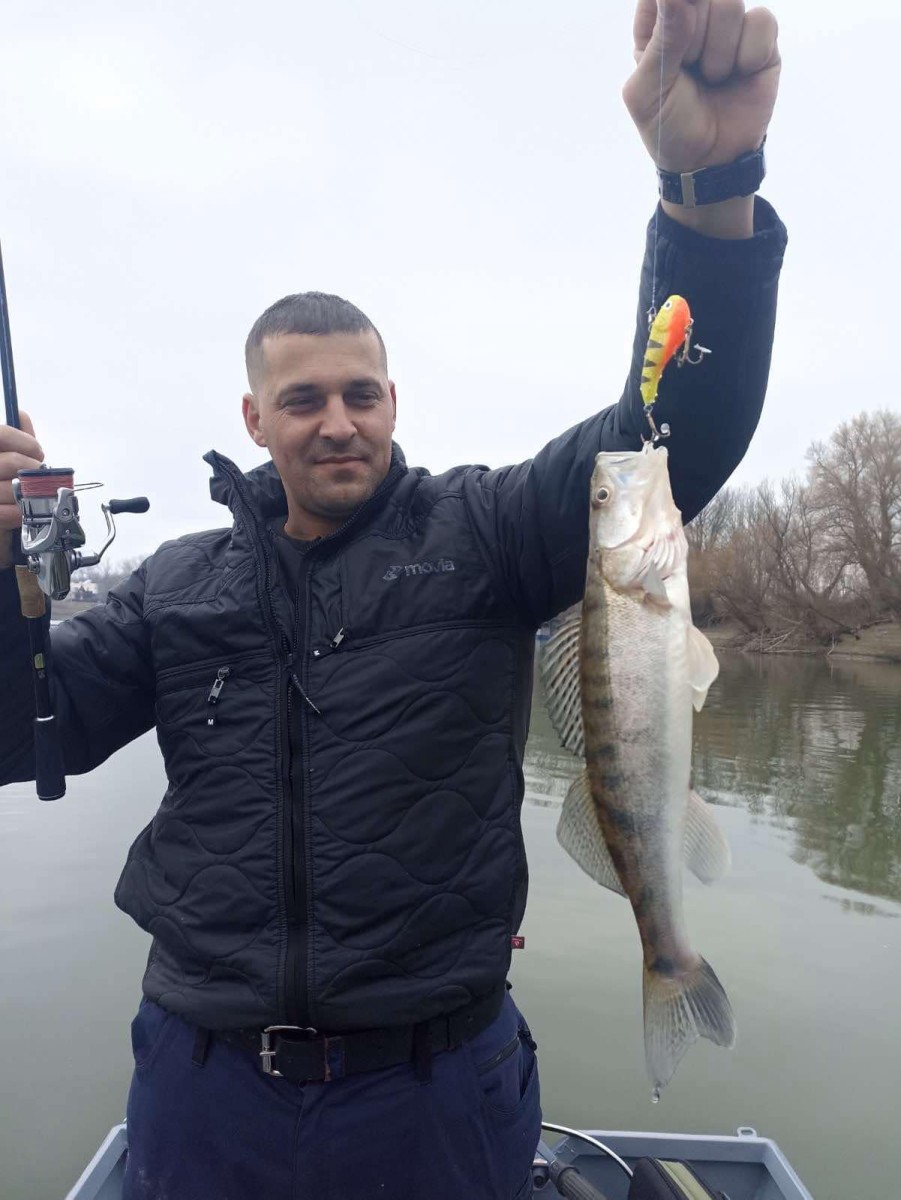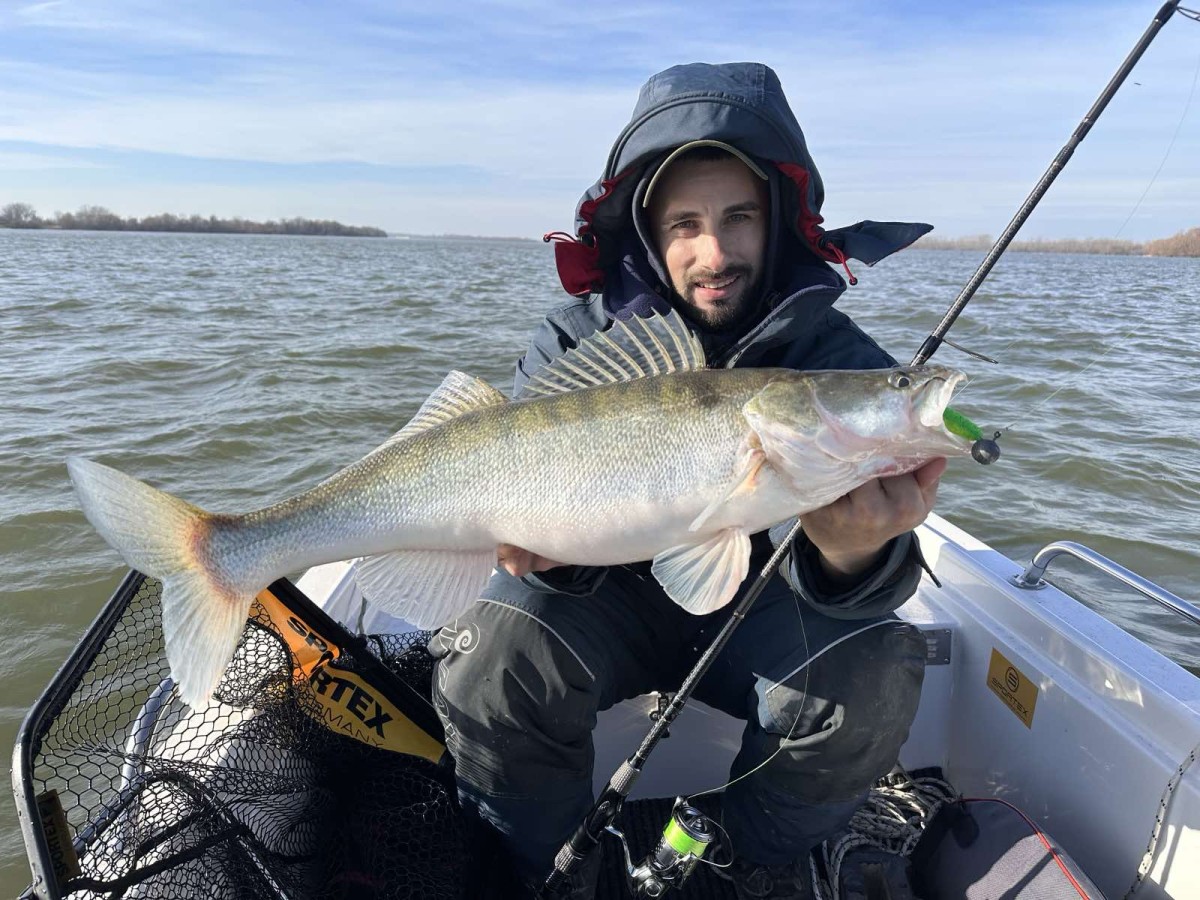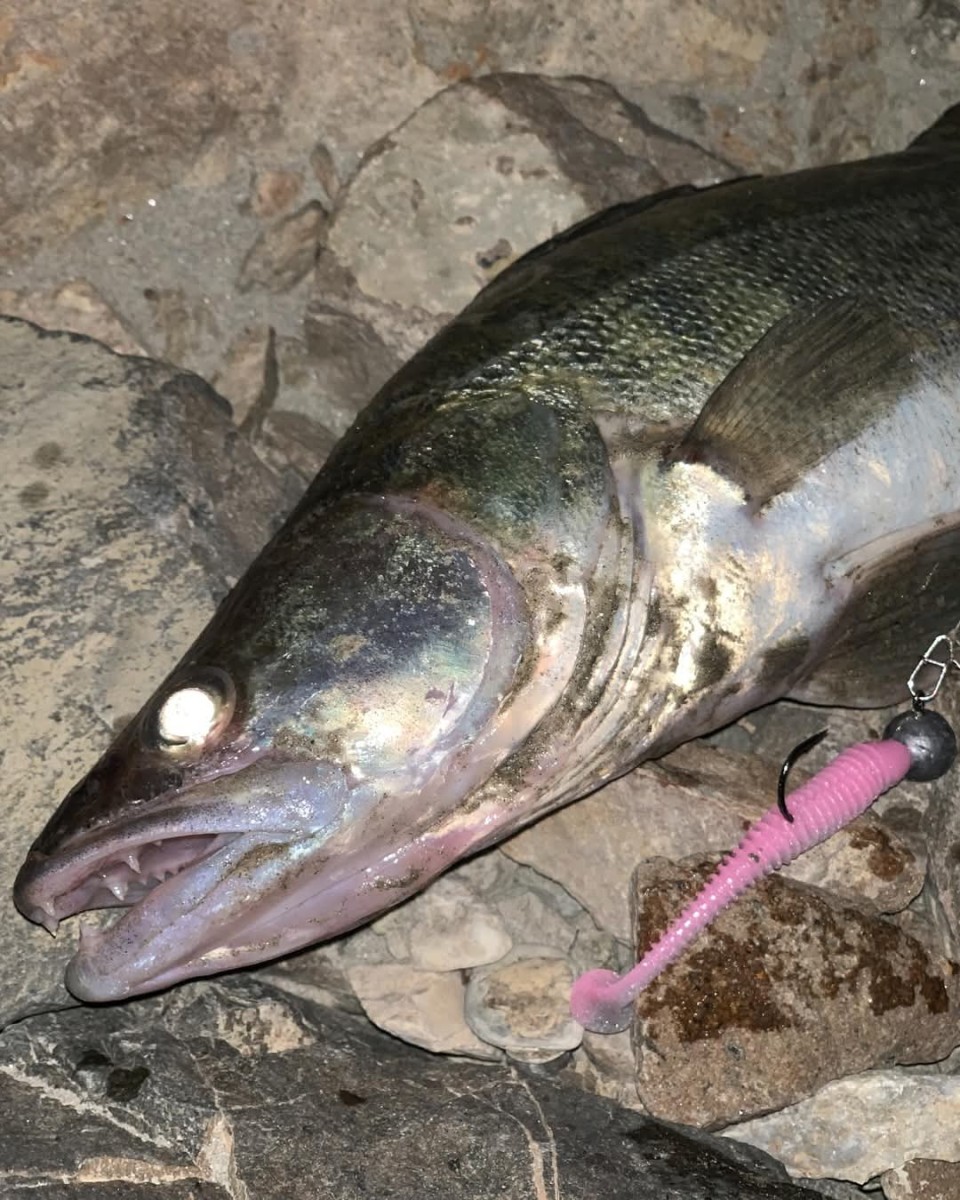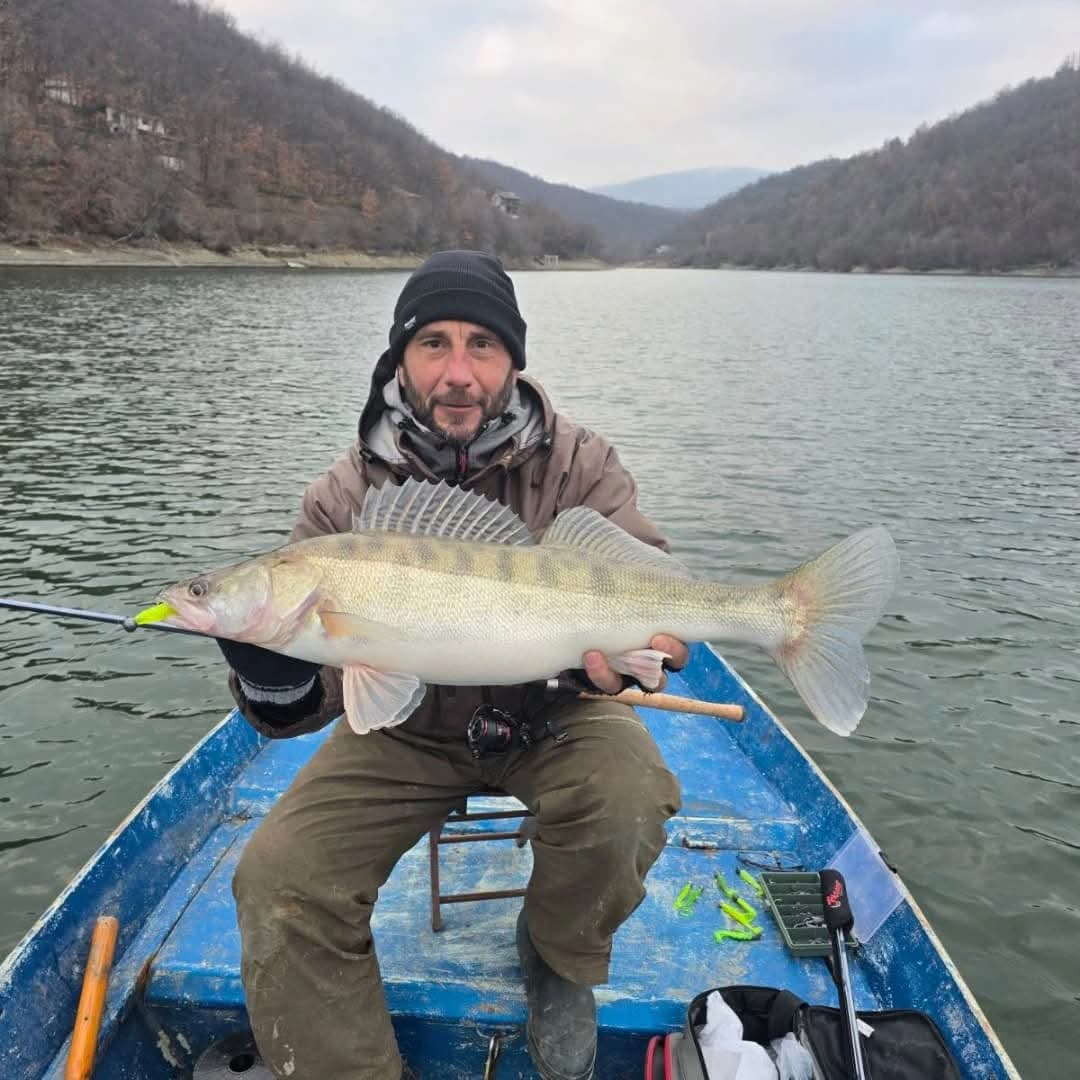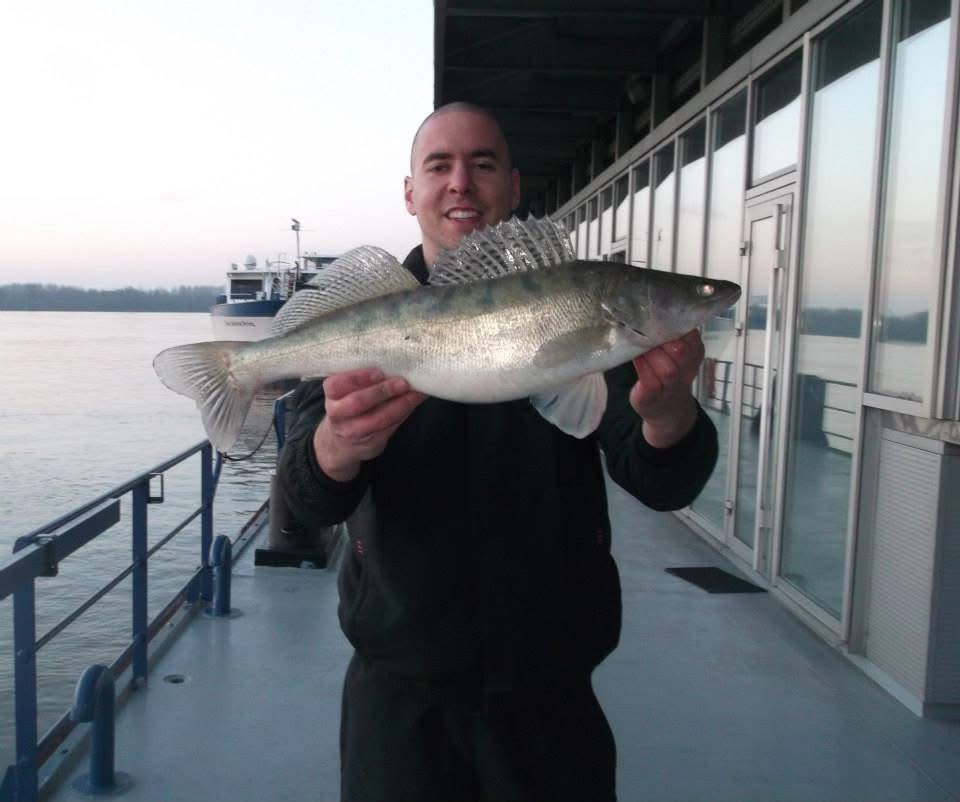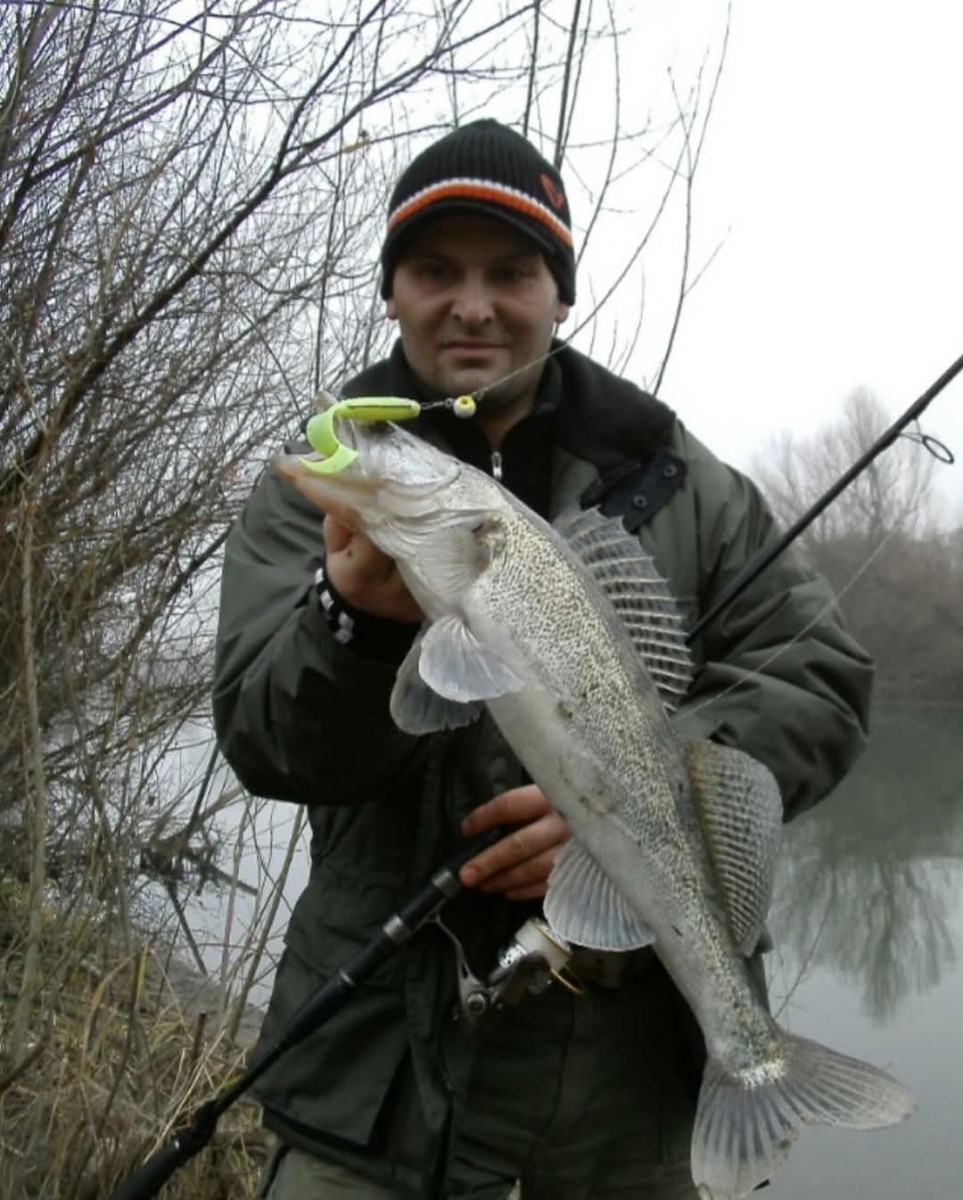Zander
(Sander lucioperca)
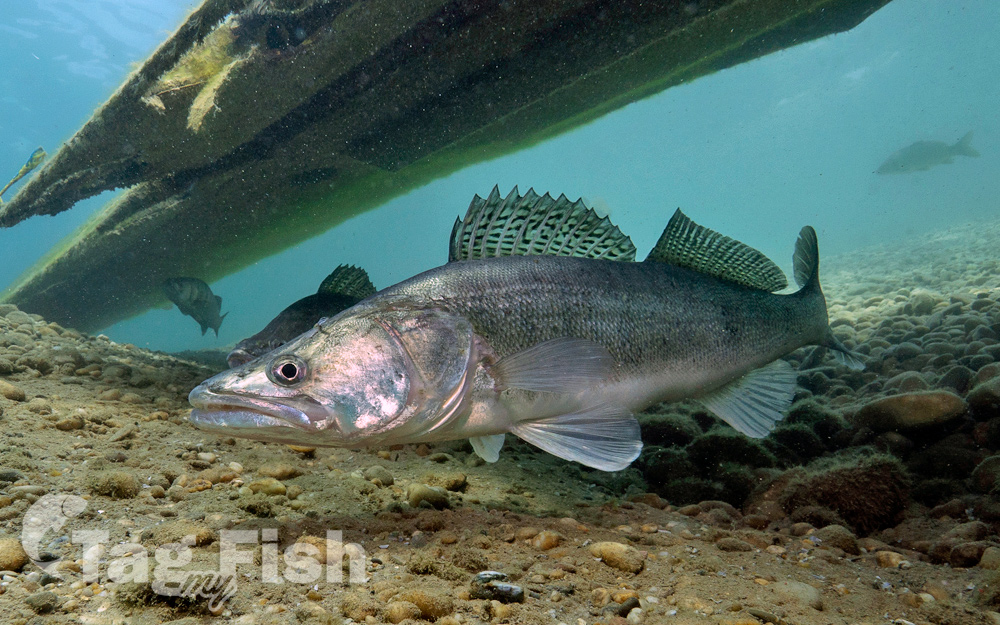
Classification
General data
The zander (Sander lucioperca), sander or pikeperch, is a species of ray-finned fish from the family Percidae, which also includes perch, ruffe and darter. It is found in freshwater and brackish habitats in western Eurasia. It is a popular game fish and has been introduced to a variety of localities outside its native range. It is the type species of the genus Sander.
The zander is the largest member of the Percidae and it usually has a long and muscular body which bears some resemblance to a Northern pike (Esox lucius), hence the alternative English common name of pikeperch. The upper part of its body is green-brown in colour and this extends onto the sides as dark vertical bars, in a pattern not dissimilar to that of the European perch (Perca fluviatilis) while the lower part of the body is creamy-white. Their caudal fin is dark and the pectoral, pelvic and anal fins are paler off-white in colour. The dorsal and caudal fins are marked with rows of black spots on the membranes between the spines and rays, these are largest and most obvious on the first dorsal fin. The juveniles are silvery in colour, becoming darker as they age.
They have powerful jaws which are armed with many sharp teeth with two long canines in the front of each jaw. They have large bulbous eyes which are opaque when the fish is living in particularly turbid conditions, an adaptation to low light. There is a single flat spine on the operculum. Like other members of the perch family the zander has a split dorsal fin with the first dorsal fin having 13 - 20 spines and 18-24 soft rays, while the anal fin has 2-3 rays and 10 - 14 soft rays. The caudal fin is long and forked.
The zander has a maximum published standard length 100 centimetres (39 in), and can reach 20 kg (44 lb) of weight, although typical catches are considerably smaller.
The zander is very widely distributed across Eurasia, occurring in the drainages of the Caspian, Baltic, Black, Aral, North and Aegean Sea basins. The northern boundary of its distribution in Finland. It has been introduced to Great Britain, southern Europe, and continental Europe west of the Elbe, Ebro, Tagus and Jucar drainages, as well as to Anatolia, North Africa, Siberia, Kyrgyzstan, and Kazakhstan.
In the UK, zander was originally introduced in 1878 by Francis Russell, 9th Duke of Bedford, into lakes on his Woburn Abbey estate and soon after that into the Great Ouse Relief Channel in The Fens. British Waterways included zander among a dirty dozen non-native species most likely to harm native wildlife along rivers in Great Britain.
Their success in establishing themselves was owed to a number of factors, one of which is that they are particularly well adapted to life in the slow-flowing, sparsely vegetated, rather murky waters that comprise so many of the British lowland rivers. Zander thrive in water with rather low visibility, unlike pike, which often dominate the predator fish niche in clear water. However, zander need plenty of oxygen and soon disappear from eutrophic areas.
Zander was stocked in Spiritwood Lake, North Dakota in 1989 and has remained ever since. Ecologists believe that if establishment occurs in the Great Lakes they will compete with game fish such as the closely related Walleye or the Yellow perch for food and habitat. Therefore the Government of Ontario is preemptively treating zander as a future invasive species.
